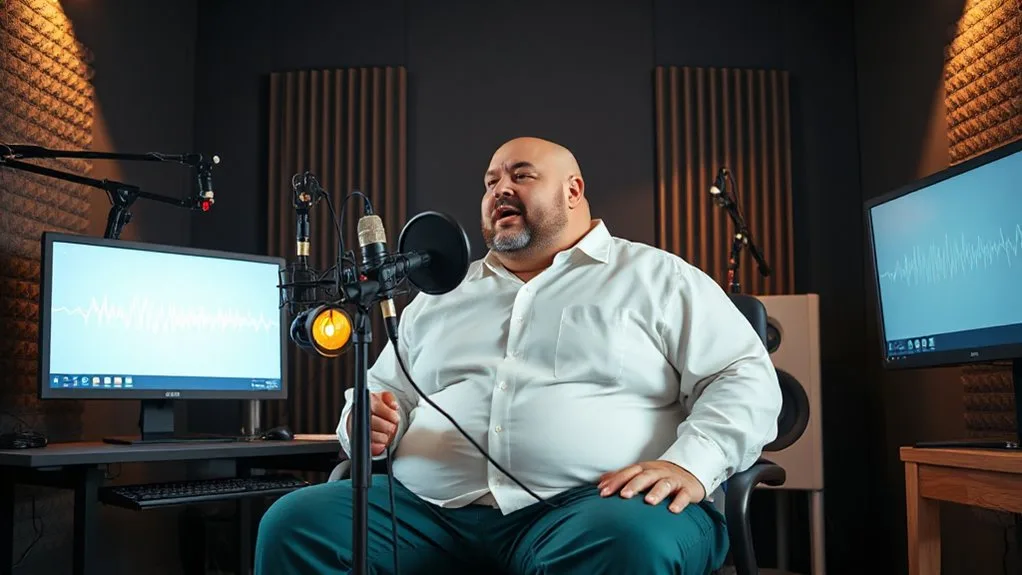Artificial intelligence has transformed how fans interact with beloved fictional characters, and Peter Griffin’s distinctive voice represents one of the most challenging vocal recreations attempted. Current AI voice synthesis technology can approximate his gruff tone and signature cadence, though the results vary considerably between platforms. Several downloadable options promise authentic replications of the animated patriarch’s speech patterns, but the question remains whether these digital alternatives can truly capture the essence that makes his voice so memorable.

While artificial intelligence voice synthesis technology has advanced greatly in recent years, creating convincing replicas of fictional characters like Peter Griffin from the animated series “Family Guy” remains a complex technical challenge. The distinctive vocal characteristics that define Seth MacFarlane’s portrayal of this beloved character require sophisticated algorithms to accurately reproduce the specific tonal qualities, speech patterns, and comedic timing that make Peter Griffin instantly recognizable.
Current AI voice generation platforms struggle to capture the nuanced vocal elements that contribute to authentic Peter Griffin impressions. Voice actors and enthusiasts often rely on traditional voice modulation techniques, including pitch adjustment, resonance control, and careful attention to the character’s Rhode Island accent and distinctive laugh. These manual approaches typically yield more authentic results than automated systems attempting to replicate the character’s voice patterns.
Manual voice modulation techniques consistently outperform AI systems when recreating Peter Griffin’s distinctive Rhode Island accent and comedic vocal patterns.
The technical limitations of existing AI voice synthesis become particularly apparent when attempting to recreate animated character voices. Peter Griffin’s exaggerated vocal characteristics, including his prolonged vowel sounds, specific cadence, and unique inflection patterns, present significant challenges for machine learning algorithms. Most commercially available voice synthesis tools lack the precision required to accurately reproduce these distinctive elements.
Professional voice actors continue to demonstrate superior results when creating Peter Griffin impersonations compared to current AI alternatives. Their understanding of breathing techniques, vocal placement, and character interpretation enables them to capture subtleties that automated systems cannot replicate. The complexity of human vocal expression, particularly for stylized animated characters, exceeds the capabilities of present-day artificial intelligence applications.
Furthermore, copyright and intellectual property considerations surrounding fictional character voices create additional complications for AI voice synthesis development. The distinctive vocal characteristics associated with Peter Griffin represent creative intellectual property owned by the show’s creators and production companies.
While technology continues advancing rapidly, the creation of truly convincing AI-generated Peter Griffin voices remains elusive. Current voice synthesis tools may produce superficial similarities to the character’s vocal patterns, but they fail to capture the essential qualities that make the character’s voice authentic and engaging.
Users seeking accurate Peter Griffin vocal reproductions should consider traditional voice acting techniques rather than relying on existing AI voice generation platforms.





